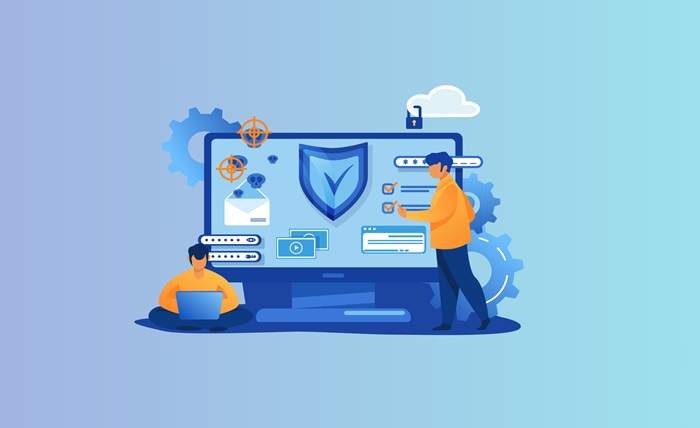
In modern, changing tech topography, businesses face increasing pressure to manage their IT budgets effectively. While technology investments are essential, unchecked spending on software licenses can lead to significant financial strain. Effective license management can be a game changer, offering an efficient way to optimize costs while maintaining compliance and productivity. But how exactly does this approach reduce IT costs? Let’s dive deeper into the ways it transforms license management into a cost-saving tool.
What Is a License Management Tool?
Before understanding its role in cost reduction, it’s crucial to grasp what license management software does. This tool helps businesses monitor, track, and manage their software licenses. By providing visibility into license usage and compliance, it ensures organizations use what they pay for—and nothing more. License management tools can also automate license tracking and expiration reminders, thus reducing the manual workload for IT teams. This combination of automation and visibility makes it a critical asset for organizations of all sizes.
Eliminating Overspending on Software
One crucial way this software reduces IT costs is by identifying unused or underutilized resources. Many organizations purchase software in bulk only to find that not all of it is being used. Management software allows businesses to spot inefficiencies quickly. Unused software can be reassigned or canceled, cutting unnecessary expenses. Additionally, this insight into usage helps businesses make smarter purchases, ensuring they buy only what they actually need.
Staying Ahead of Compliance Risks
Non-compliance with software licensing agreements can lead to hefty fines and legal complications. However, managing compliance across various vendors, contracts, and license types is no easy task. License management tools simplify compliance by keeping track of licensing terms and conditions. They provide alerts for impending renewals and ensure businesses stay within their license limits. This proactive approach eliminates the risk of unexpected penalties, which can quickly strain IT budgets.
Simplifying IT Asset Management
A well-managed IT environment contributes significantly to cost efficiency. Management tools often integrate with broader IT asset solutions, allowing businesses to track not just software but also hardware across their organization. This integration offers a holistic view of IT assets, helping companies identify redundancies, streamline processes, and avoid unnecessary spending. For example, when onboarding a new employee, the IT team can use the software to reallocate an existing resource instead of purchasing a new one.
Enhancing IT Efficiency
Managing resources manually can be time-consuming, especially for large organizations with diverse portfolios. Management tools automate repetitive tasks such as tracking usage, reporting on compliance, and handling renewals. This frees up IT teams to focus on more strategic initiatives instead of spending countless hours on audits and tracking. Improved efficiency reduces operational costs and ensures IT teams can work on projects that drive growth and innovation.
Making Smarter Cloud Investments
As more organizations shift to cloud-based tools, managing cloud subscriptions becomes critical. Cloud services often operate on a subscription model, which can be difficult to monitor without the right tools. Management tools help track cloud usage and costs, ensuring businesses don’t overpay for underutilized services. Additionally, they enable organizations to forecast their cloud spend accurately, allowing for better budgeting and financial planning. This feature is particularly valuable as cloud adoption grows, thus helping businesses optimize their investments and prevent financial surprises.
The benefits of license management software extend far beyond cost savings. It helps organizations maintain compliance, streamline IT operations, and make informed decisions about their software investments. By reducing waste and enhancing efficiency, this approach empowers businesses to allocate their resources wisely. In an era where every dollar counts, adopting proper license management tools is not just a smart move—it’s an essential one.




